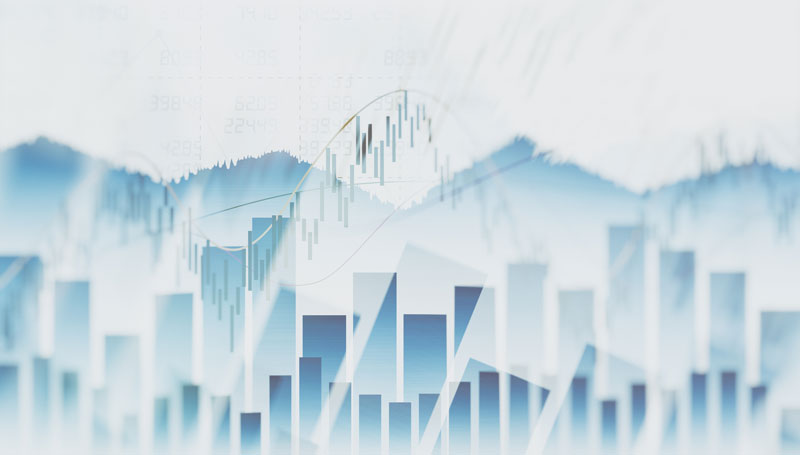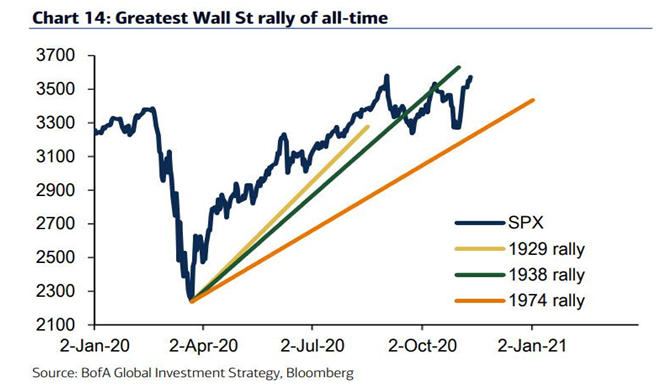
Gold 1883,445
|
EURUSD 1,2242
|
DJIA 30101
|
OIL.WTI 48,375
|
DAX 13683,33
|
|---|
During trading on Thursday, less than a day after breaking through the $20,000 level, bitcoin reached $23,800. So the momentum, in less than 24 hours, was about 20%.
BTC

Now, instead of discussing when BTC will go below the $20,000 level, most traders have switched to another question. When will bitcoin break through the $25,000 level. The funny thing is that that level might be broken any given night. And we will find out in the fact over our morning coffee.
Let’s get to the bottom of this. Why was the first cryptocurrency standing under the level of $20.000 for so long, but after breaking through it, it rose sharply? The fact is that, as with the sharp rise from $10,000 to $19,000, speculators who played short uncovered helped considerably. They were forced to close positions in order to avoid margin calls. However, according to data from cryptocurrency exchanges, a huge number of margin calls did catch up with particularly stubborn traders. It was thanks to mass shorting that we saw the strongest momentum in BTC movement in the last 24 hours.
We are all expecting BTC to grow over the next 12 months. The problem is that we don’t know exactly when this growth will happen and when corrections will happen. What happens when all traders and investors wait for the same event? That’s right! The markets punish them by moving in the other direction.
So, looking up, you have to be mentally prepared for a strong correction, which even in 1 day can bring the BTC rate below the level of $20.000. Such correction is possible only on mass closing of speculators’ positions, standing in long positions with big leverage. That is a 100% identical situation that contributed to the current rise.
We should all be aware that an exit to absolute price highs is almost always accompanied by increased volatility. And be prepared for any development.
What awaits us today?
04.00 Bank of Japan interest rate decision
07.00 Bank of Japan press conference
14.30 Canadian Retail Sales in October
Important Notes on This Publication:
The content of this publication is for general information purposes only. In this context, it is neither an individual investment recommendation or advice nor an offer to purchase or sell securities or other financial products. The content in question and all the information contained therein do not in any way replace individual investor- or investment-oriented advice. No reliable forecast or indication for the future is possible with respect to any presentation or information on the present or past performance of the relevant underlying assets. All information and data presented in this publication are based on reliable sources. However, Bernstein Bank does not guarantee that the information and data contained in this publication is up-to-date, correct and complete. Securities traded on the financial markets are subject to price fluctuations. A contract for difference (CFD) is also a financial instrument with leverage effect. Against this backdrop, CFD trading involves a high risk up to the point of total loss and may not be suitable for all investors. Therefore, make sure that you have fully understood all the correlating risks. If necessary, ask for independent advice.












